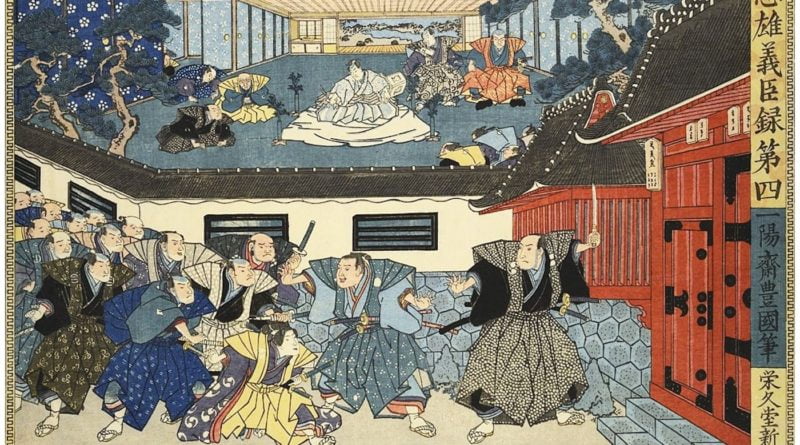The samurai: A history of Japan’s warrior class
Japan’s history is known for its fascinating warrior class known as the samurai. The samurai are often depicted as stoic, skilled swordsmen who lived by a strict code of honor. Their legacy has left a significant impact on Japanese culture and history, making it a must-see topic for those interested in Japan.
The origins of the samurai date back to the 8th century when the emperor established a permanent imperial guard. These guards were trained in martial arts, including archery and horseback riding. As Japan began to feudalize, these guards were eventually transformed into a new class of warriors called samurai. By the 12th century, the samurai had become the dominant military class in Japan, with their own unique set of values, customs, and traditions.
One of the most recognizable aspects of the samurai is their distinctive attire. They wore a set of armor known as “yoroi,” which was made up of many small iron plates bound together by leather laces. The helmet worn by the samurai was often ornately decorated with intricate designs and symbolic motifs. The samurai also carried two swords, a long one known as a “katana,” and a shorter one called a “wakizashi.” These swords were not only weapons but also symbols of the samurai’s social status.
The samurai were also known for their strict code of conduct, known as “bushido,” which translates to “the way of the warrior.” The bushido code emphasized the virtues of loyalty, honor, and courage, and samurai were expected to adhere to this code at all times. It was said that a samurai’s loyalty to his lord was more important than his own life, and that a samurai should always be ready to die in battle.
The samurai played a significant role in Japanese history, particularly during the feudal era, which lasted from the 12th to the 19th century. During this time, Japan was divided into many small, independent states, each ruled by a powerful lord known as a “daimyo.” The samurai served as the daimyo’s warriors, protecting their lands and carrying out their orders. Samurai were also involved in many important battles and wars throughout Japan’s history, including the Genpei War of the late 12th century, which was fought between two powerful samurai clans.
Despite their reputation as skilled warriors, the samurai were not invincible. Many samurai died in battle, and the social and economic changes of the late 19th century ultimately led to the decline of the samurai class. In 1873, the samurai were officially disbanded, and their swords were confiscated. However, their legacy remains, and their influence can still be seen in modern-day Japan.
For those interested in learning more about the samurai, there are many historical sites and museums dedicated to their legacy. The city of Kamakura, located south of Tokyo, is home to many temples and shrines associated with the samurai, including the famous Tsurugaoka Hachimangu Shrine. Kyoto, the former capital of Japan, is also home to many samurai-related sites, including the Kyoto Samurai and Ninja Museum.
The samurai are an integral part of Japanese history and culture, and their legacy continues to fascinate people around the world. Those interested in Japan’s history and martial arts will find the samurai to be a compelling and intriguing subject, and there are many opportunities to learn more about them throughout the country.

